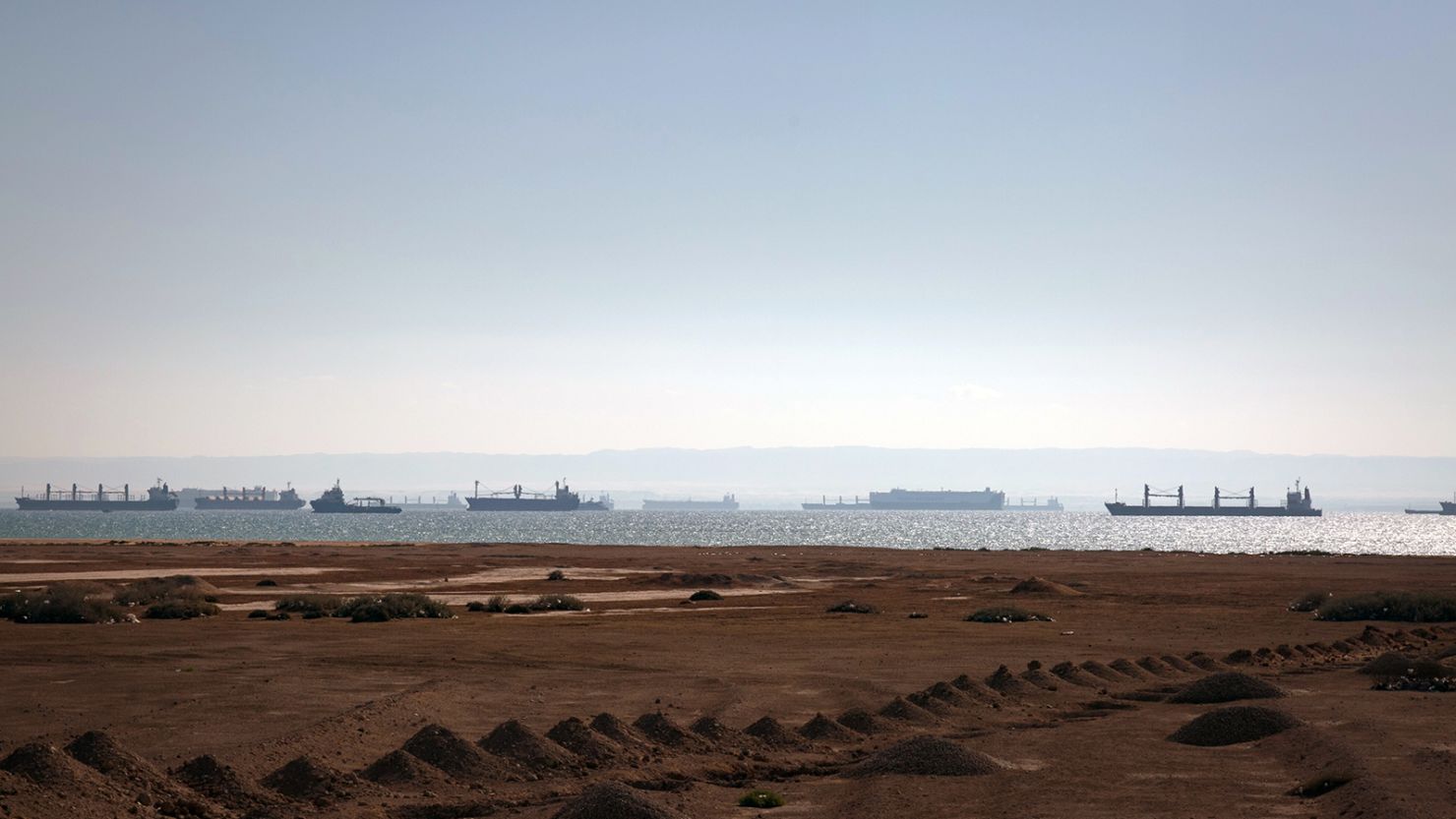
Container freight rates out of India continue to soar amid Red Sea crisis
MUMBAI : The boost in container freight rates seen on trades out of India as a consequence of the Red Sea crisis has accelerated in recent weeks, according to the latest market analysis.
On the westbound India-Europe trade, average short-term contract rates from West India [Jawaharlal Nehru Port (JNPT)/Nhava Sheva or Mundra Port] to Felixstowe/London Gateway (UK) have soared to US$3,600 per 20-foot container and US$3,650 per 40-foot container, from US$600 per 20-foot container and US$650 per 40-foot container at the end of December.
For Indian loads to Rotterdam (the Netherlands), rates have hit US$3,700 per 20-foot container and US$3,750 per 40-foot container, up from US$600 and US$650 respectively a month ago.
For West India-Genoa (the West Mediterranean) bookings, mid-January contract rates have swelled to US$4,200/TEU, from US$750, and US$5,000/FEU, from US$700.
Similarly, eastbound cargo (imports into India) rates for these port pairings have seen sharp increases from end-December averages, to US$3,050/TEU and US$3,600/FEU, from US$800 and US$950, respectively, for bookings from Felixstowe/London Gateway to West India, and to US$3,150/TEU and US$3,750/FEU, from US$850 and US$1,050, for shipments from Rotterdam to West India.
For trades from the West Mediterranean (Genoa) to West India, January rates stand at US$1,250/TEU, up from US$500, and US$1,850/FEU, from US$650/FEU.
Short-term contract prices on the India-US trades have also spiked sharply from end-December levels amid the ongoing Red Sea disruption.
Average rates in January for shipments from West India (Nhava Sheva/Mundra) to the US East Coast (New York) have hit US$4,500/TEU, from US$1,500, and to US$4,650/FEU, from US$1,900/FEU in December. For Indian container loads moving to the US West Coast (Los Angeles), rates are now up to US$3,750/TEU and US$4,150/FEU, from US$1,600/TEU and US$1,900/FEU, respectively, reported at the end of last month.
For the West India-US Gulf Coast (Houston) trades, rates have hit US$4,750/TEU and US$5,450/FEU, down from US$1,950/TEU and US$2,450, respectively, according to the CN analysis.
Short-term contract rates on the US-India trades (return leg) have also increased significantly, thanks to the Red Sea crisis. Mid-January average rates stand at US$600/TEU and US$800/FEU for shipments from the US East Coast to West India, up from US$350 and US$450, respectively, last month. For US West Coast-West India bookings, rates are hovering at US$1,200/TEU and US$1,400/FEU, up from US$1,100 and US$1,300.
January average rates from the US Gulf Coast to West India have moved up to US$1,000/ TEU and US$1,350/FEU from US$750 and US$1,050 in December.
Carrier contract rates on intra-Asia trades out of India have also recovered from the previous lows, the analysis found. For West India-Yantian (South China), the analysis has put average rates at US$150/TEU and US$250/FEU, up from US$100 and US$200, respectively, while for West India-Tianjin (North China), carriers are now quoting US$75/ TEU and US$150/FEU, compared with US$50 and US$100, respectively, last month.
However, for West India-Shanghai (Central China) trades, December rates have continued to be in negative territory, at US$10/TEU and US$10/FEU.
Also, for West India loads to Singapore and Hong Kong, carriers continue to accept bookings at as low as US$10/TEU and US$10/FEU. However, carriers have been able to push rates higher on the West India-Jebel Ali (Dubai) trade -– with January averages reported at US$90/TEU and US$225/FEU, up from US$50/TEU and US$150/FEU in December.
Meanwhile, Indian export industry stakeholders remain increasingly concerned about the impact of the Red Sea crisis, after witnessing some hopeful demand signs in the last few months of 2023.
Despite the challenges, India’s merchandise export trade by value for December saw a modest increase – up 1% year-over-year, according to the latest government data.
“Almost all countries exports are exhibiting a declining trend, with many witnessing double-digit dips,” Mr. Israr Ahmed, president of the Federation of Indian Export Organisations (FIEO), said in a statement.
Ahmed further noted: “Recent tensions in West Asia, especially the threat for consignments routing through the Red Sea, have further added to woes of the exporting community, as the freight rates have gone up unimaginably high.”
According to him, “This increasing burden is pushing Indian exporters to hold back around 25% of outbound shipments transiting through the Red Sea, adding to the sense of scepticism and nervousness among the businesses and markets across the world.”
According to FIEO, “The need of the hour is to provide much needed momentum to exports sector through addressing the Red Sea challenges by ensuring availability of marine insurance and bringing down freight charges.
FIEO also called for easy and low-cost credit for exporters to help them navigate this difficult period.
“As far as India is concerned, its exports to the UK, Europe, the Mediterranean and the US East Coast now essentially move over the Cape of Good Hope,” said Mr. Sunil Vaswani, Executive Director of the Container Shipping Lines Association (CSLA).
According to Vaswani, “If the crisis extends further, equipment/space shortages may occur.”
